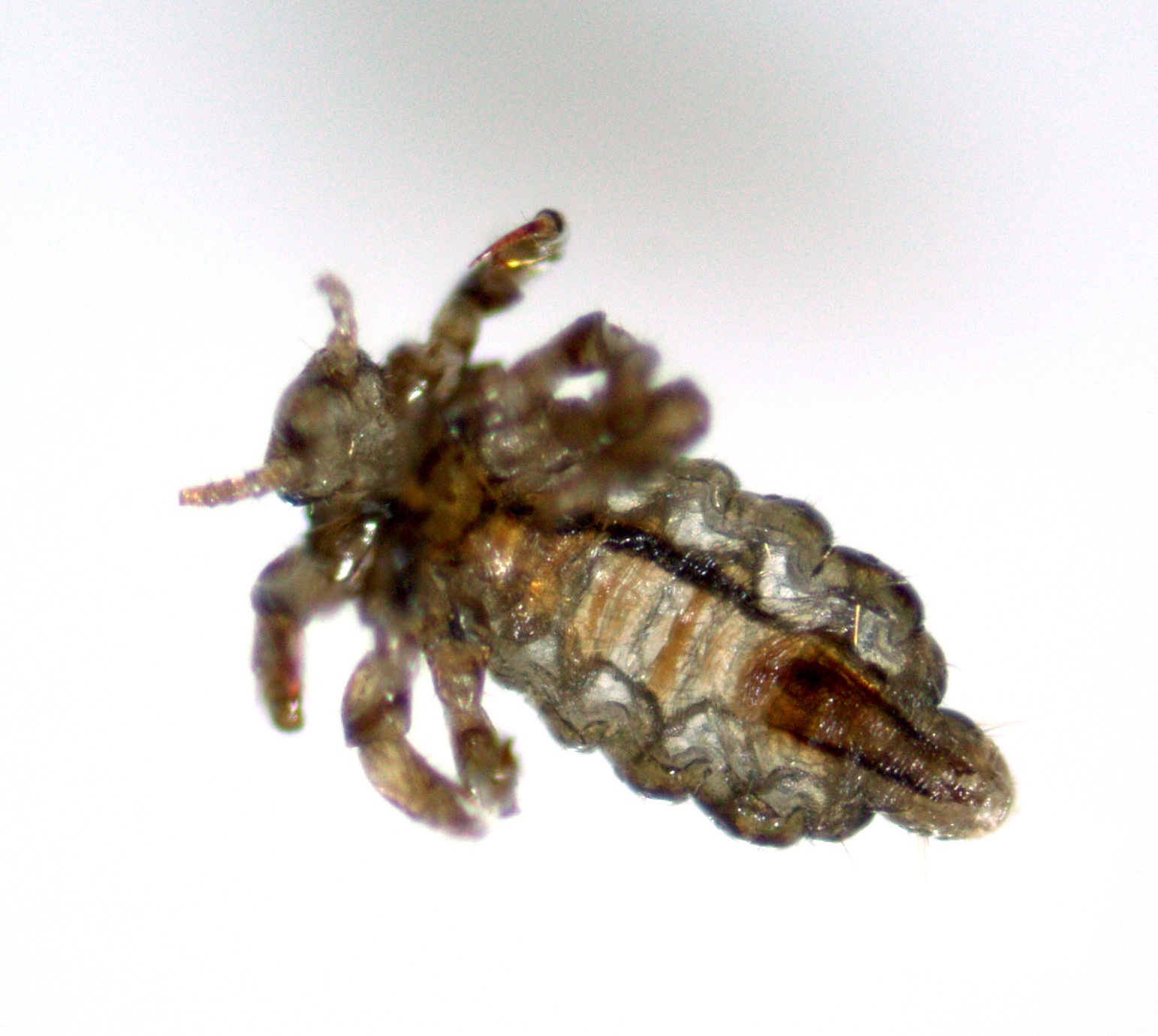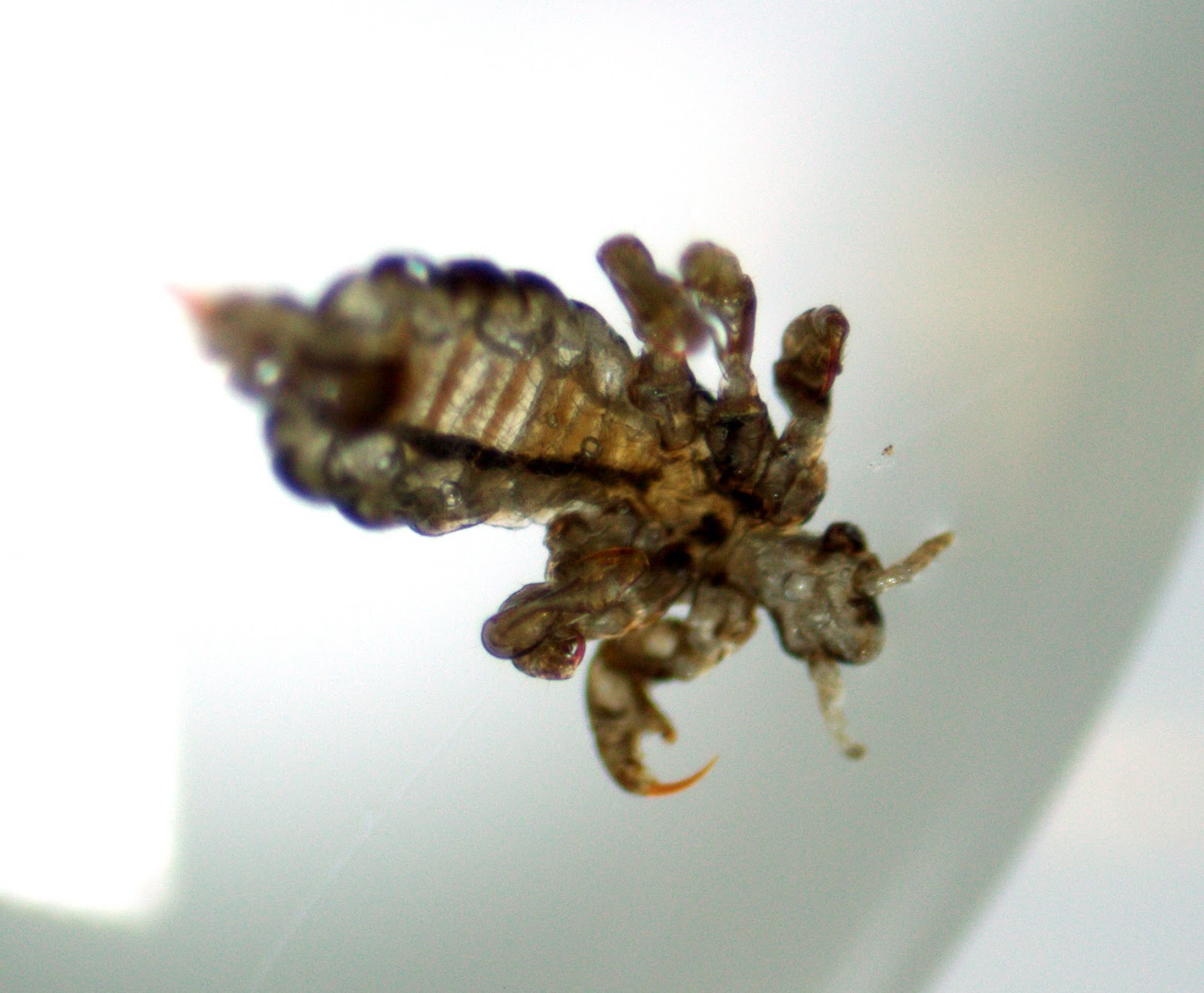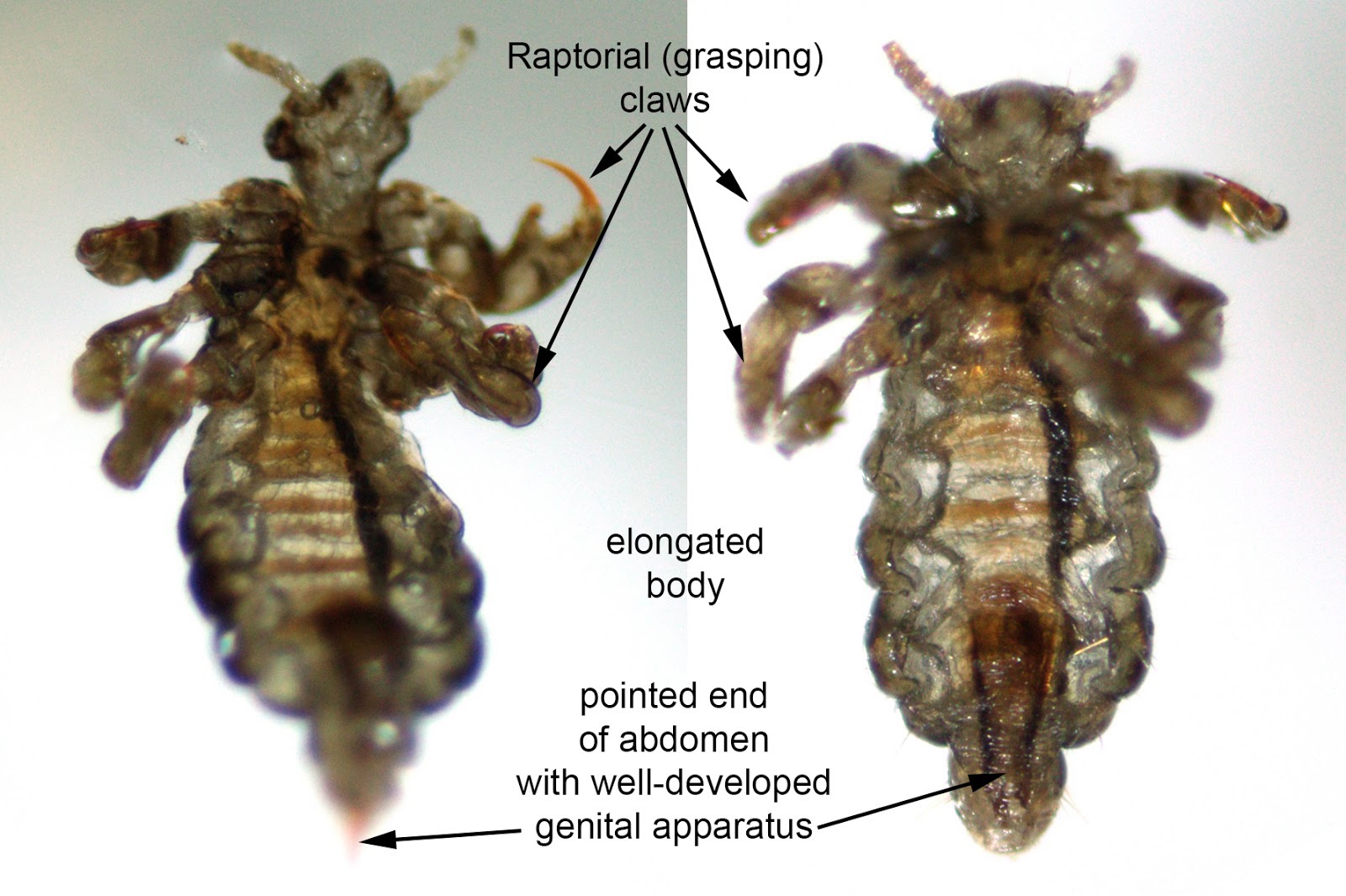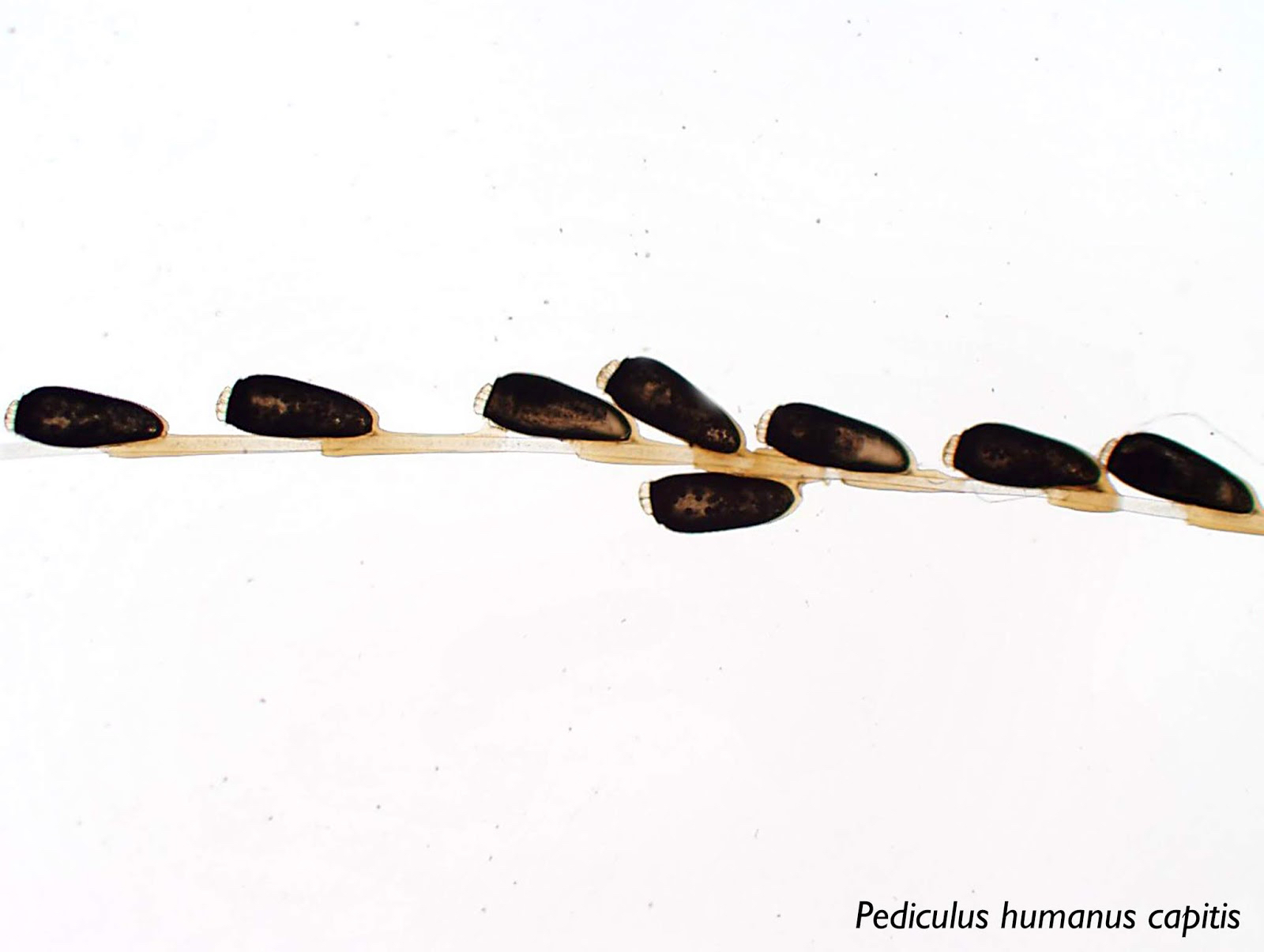Table of Contents
Definition / general | Terminology | Diagrams / tables | Case reports | Treatment | Gross description | Gross images | Differential diagnosis | Additional referencesCite this page: Hamodat M. Pediculosis (lice). PathologyOutlines.com website. https://www.pathologyoutlines.com/topic/microbiologypediculosis.html. Accessed May 6th, 2024.
Definition / general
- Causes pruritis, enlarged local lymph nodes
- Eggs are attached to hair shaft (nits)
Terminology
- Pediculus humanus has 2 subspecies: P. h. humanus (body louse) and P. h. capitis (head louse) (CDC: Pediculosis [Accessed 15 October 2018])
Case reports
- Young child from Southwest Asia had male Pediculus humanus crawl out of nostril (Pritt: Creepy Dreadful Wonderful Parasites Blog - Case of the Week 507 [Accessed 15 October 2018])
Treatment
- Careful shampooing and combing to remove nits, followed up by heat treatment (CDC: Head Lice - Treatment [Accessed 9 November 2018])
- May be resistance to topical pediculicides
Gross description
- Key identifying features of Pediculus humanus (Pritt: Creepy Dreadful Wonderful Parasites Blog - Answer to Case 507 [Accessed 15 October 2018]):
- Small body (1 - 2 mm long)
- 6 legs
- Dorsoventrally flattened
- Wingless
- Raptorial (grasping) claws
- Fused thorax, distinct from the head (with antennae) and abdomen
- Enlongated body
Differential diagnosis
- P. h. humanus and P. h. capitis: not possible to tell apart by morphology alone since there is significant overlap in sizes between the 2 otherwise identical subspecies (Pritt: Creepy Dreadful Wonderful Parasites Blog - Answer to Case 507 [Accessed 15 October 2018])







